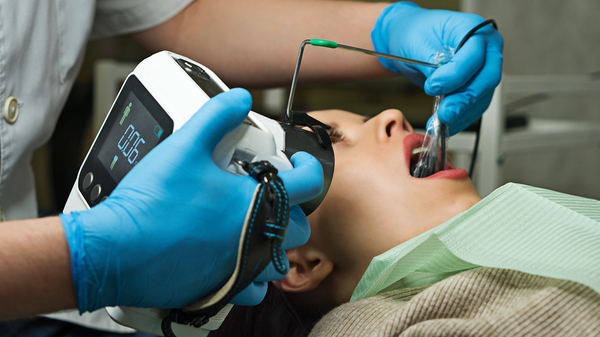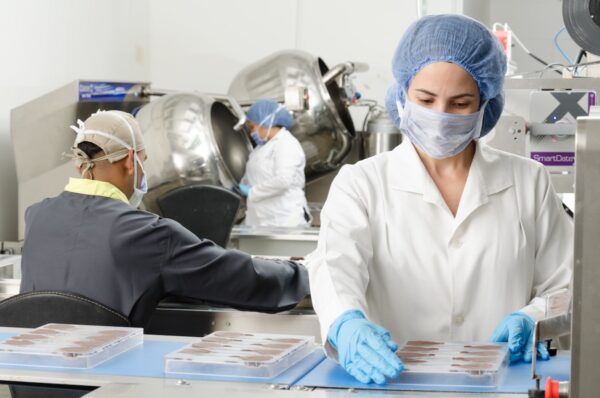Women Innovators historically haven’t had the opportunities or visibility their male counterparts enjoyed. In fact, when Forbes released its 2020 list of 100 Most Innovative People in Business, there was only one woman on the list.
There remains an enormous cultural reporting bias in favor of male inventors despite the countless women innovators involved in some of the biggest technological advances in history.
Fortunately, the internet (partly made possible by Radia Perlman’s Spanning Tree Protocol technology) means women innovators don’t have to continue foregoing the recognition they deserve. Here are ten of the top women innovators of all time.
Who Are the Top 10 Women Innovators of All Time?
Patricia Bath
Patricia Bath was the first African-American female doctor awarded a patent for the Laserphaco Probe in 1981. This invention painlessly dissolves cataracts and cleans the eye to prepare for replacement lens surgery. The probe is now standard around the world, helping millions see better and live better every year.
Marie Curie
Marie Sklodowska was born in Warsaw, Poland in 1867. She obtained her degrees in physics and mathematics from the Sorbonne in Paris. Earning her doctorate in 1903, Curie took her late husband Pierre’s place as Professor of General Physics in 1906. She was the first woman at the Sorbonne. The discovery of radioactivity in 1896 led to Marie Curie’s isolation of radium. During World War I, Curie brought portable X-ray machines to the battlefield, heralding the X-ray as one of modern medicine’s greatest advances.

Nancy Johnson
Nancy Johnson changed how we eat in 1843 by patenting a design for an ice cream maker. That could be hand-operated and didn’t need any sort of electrical energy to work. The simple yet ingenious design. It is still widely used today and served as the foundation for more advanced food production tools.
Temple Grandin
A professor of animal science at Colorado State University, Temple Grandin is one of the world’s foremost experts on livestock welfare. Grandin’s innovations for calming animals in feedlots are used by beef plants across the U.S. She ensures a better quality of life for livestock. She has published scientific papers on pre-slaughter stress and meat quality. And also widely believed to have done more for livestock welfare than any other individual. Grandin is one of the most visible advocates for the needs of the autistic. A condition she herself lives with, and has applied her research on livestock calming to create tools and ideas to help people living with autism.
Katherine Johnson
Katherine Goble Johnson worked on America’s space program from the beginning. Started as a “human computer” for the National Advisory Committee for Aeronautics (today’s NASA) in 1953. Among her accomplishments were calculations of trajectories for the Lunar Orbiter Program, and mapping the moon’s surface before the 1969 moon landing. For her work, Johnson received a long-overdue Presidential Medal of Freedom in 2015.
Maria Telkes
Maria Telkes was a Hungarian scientist who created the first thermoelectric power generator in 1947. She also used that technology to create the first fully solar-powered house (her own) in Dover, Massachusetts in 1953. Telkes paved the way for the solar revolution and reducing carbon emissions at a time when these were abstract concerns at best.
Stephanie Kwolek
Born in 1923 in Pennsylvania, chemist Stephanie Kwolek began her career with DuPont. Her specialty was fibers capable of performing in extreme conditions. Then she discovered a type of polymer that did just that. She supervised spinning this product into fibers with unprecedented strength and stiffness. One of these innovative fibers became Kevlar, which has saved countless lives by providing lightweight body armor for police and the military. It’s also used to protect undersea optical fiber, suspended bridges, and more.
Grace Hopper
In 1944, Grace Hopperone designed one of the first computers (which was five tons and took up an entire room) alongside Howard Aiken. Hopper was in charge of the compiler, which took written language and made it into code. She was also the first person to use the terms “bug” and “debugging”. Because she actually had to remove moths from the physical room-sized computer.
Hedy Lamarr
Lamarr is often remembered for her sultry screen presence. She was also a gifted mathematician and engineer who aided the World War II effort by creating something (alongside George Antheil Lamarr) called “frequency hopping” to help avoid the jamming of radio-controlled munitions. In peacetime, it provided the model for what would later become GPS, Bluetooth, and Wi-Fi.
Josephine Cochran
Cochran was an inventor who came up with the idea of a rack of dishes cleaned by pressurized water. This invention, which ultimately became the modern dishwasher, was first introduced to hotels and has since made its way into many homes.
Women innovators are nothing new, but perhaps they will get more credit for their work as communication technology and cultural norms change.
Most Recent Posts
Explore the latest innovation insights and trends with our recent blog posts.













